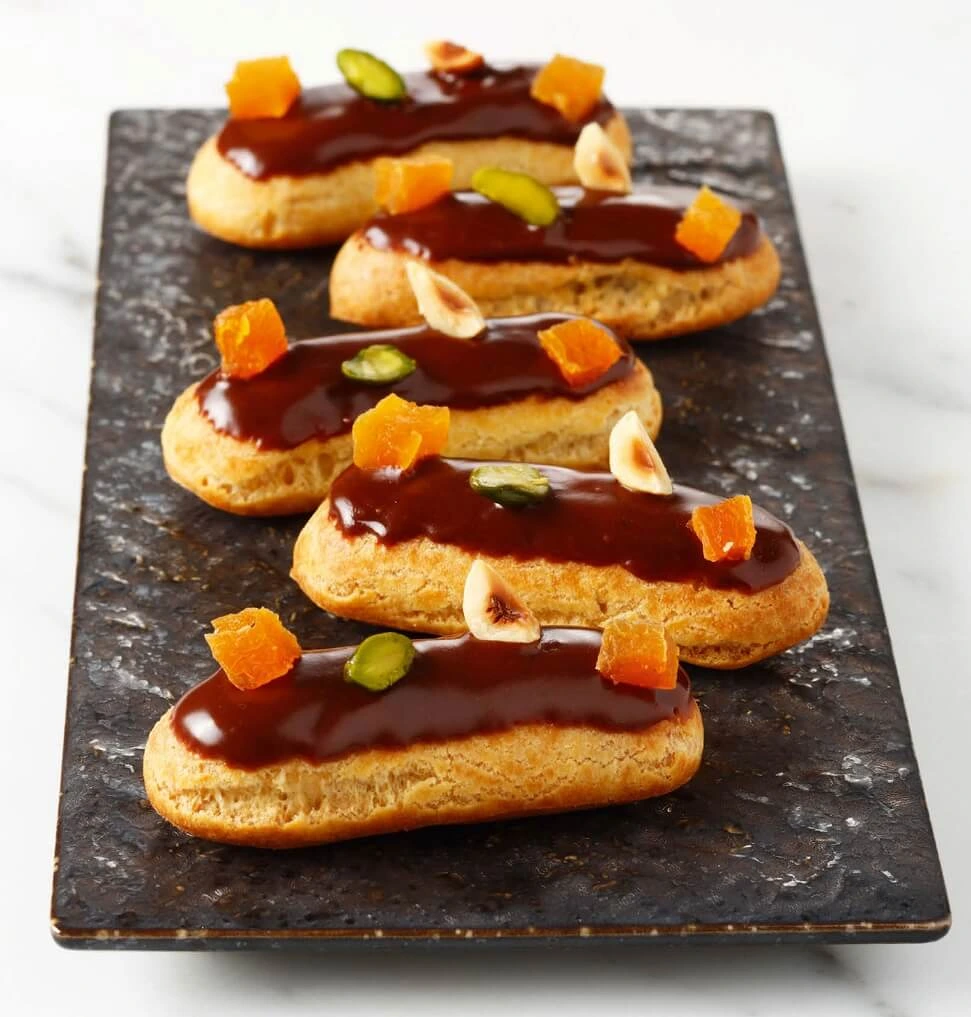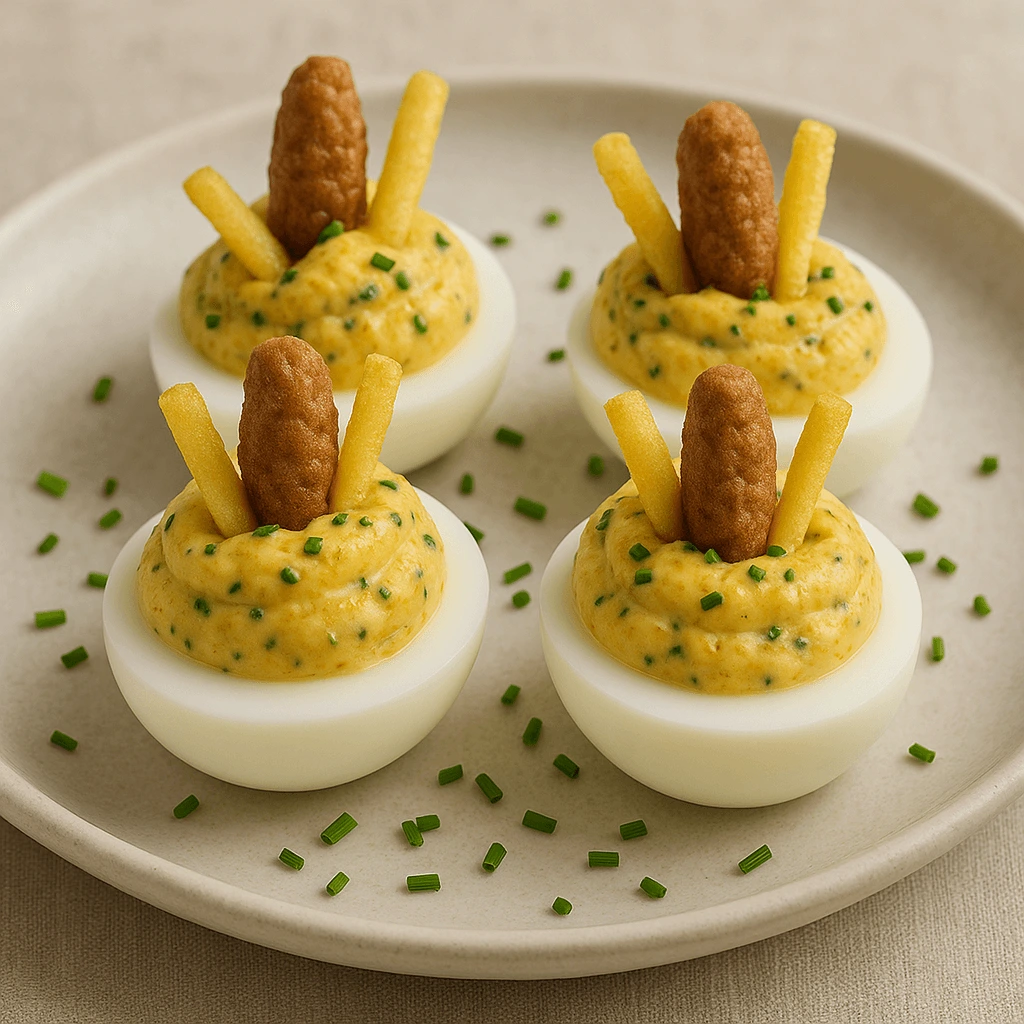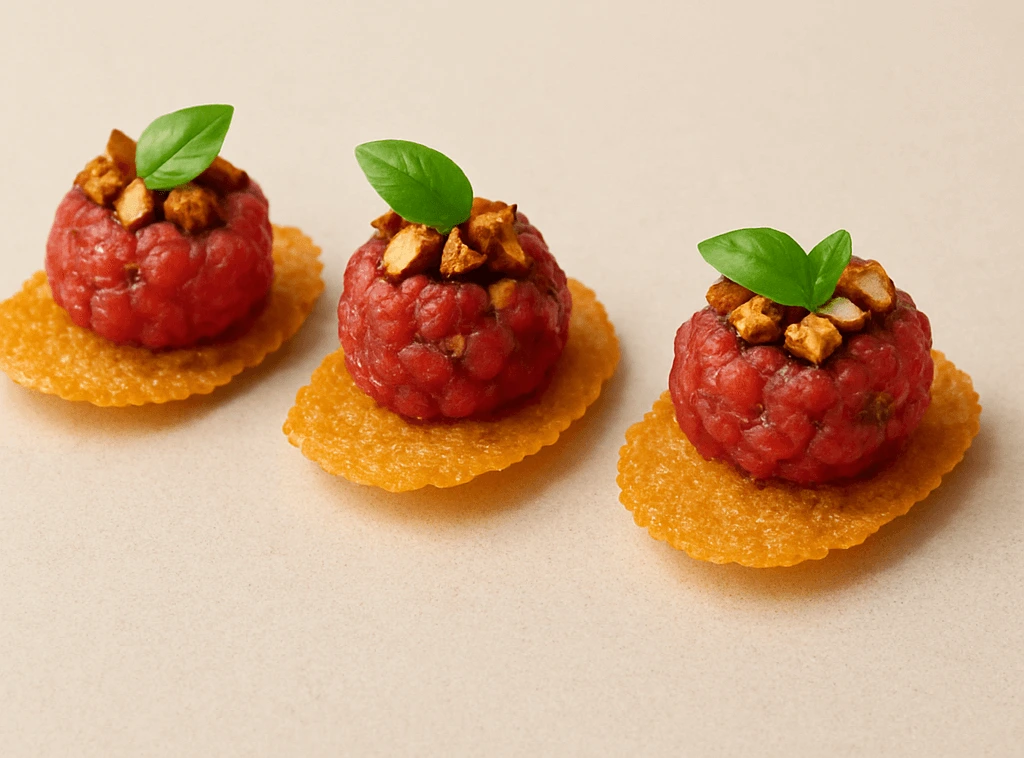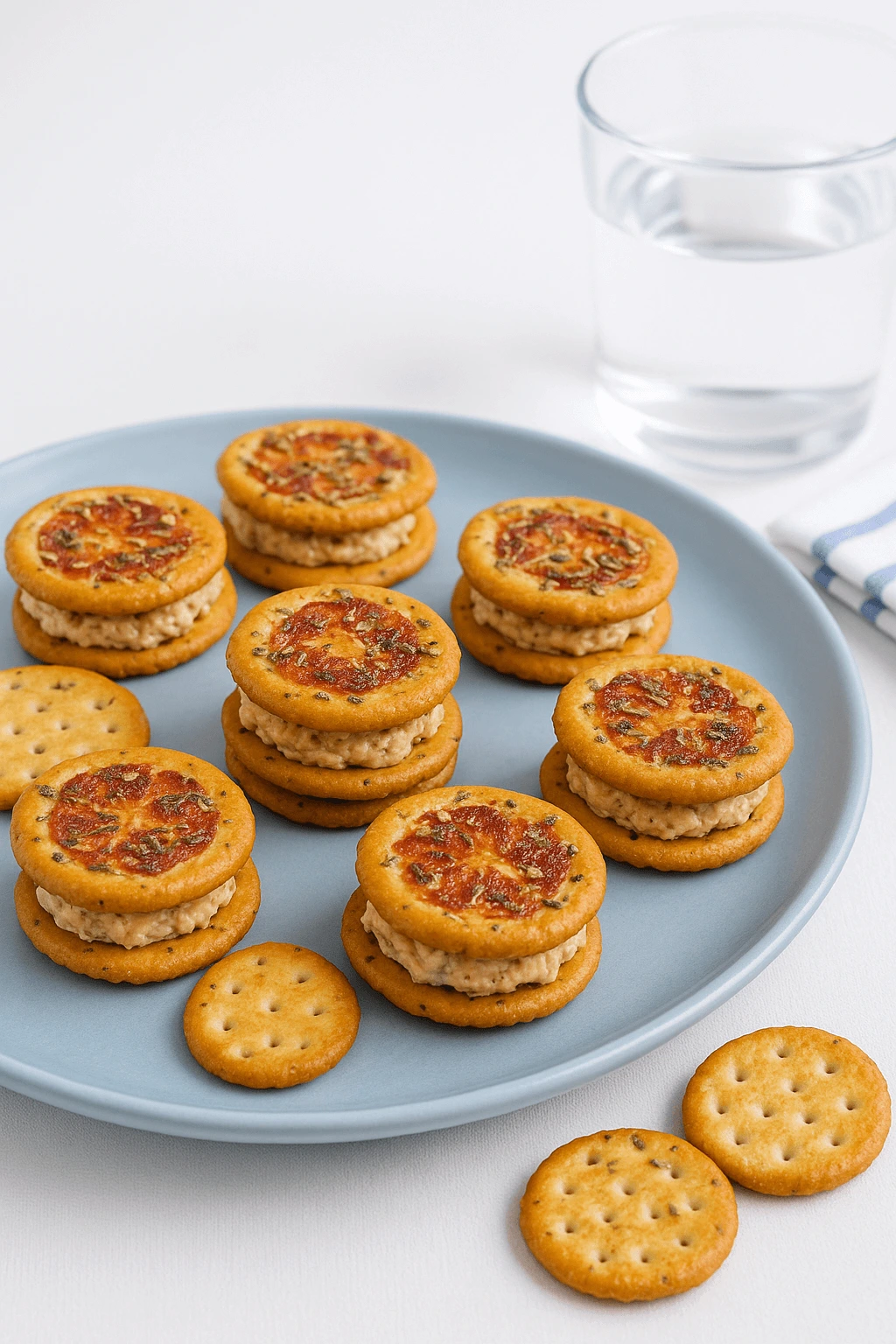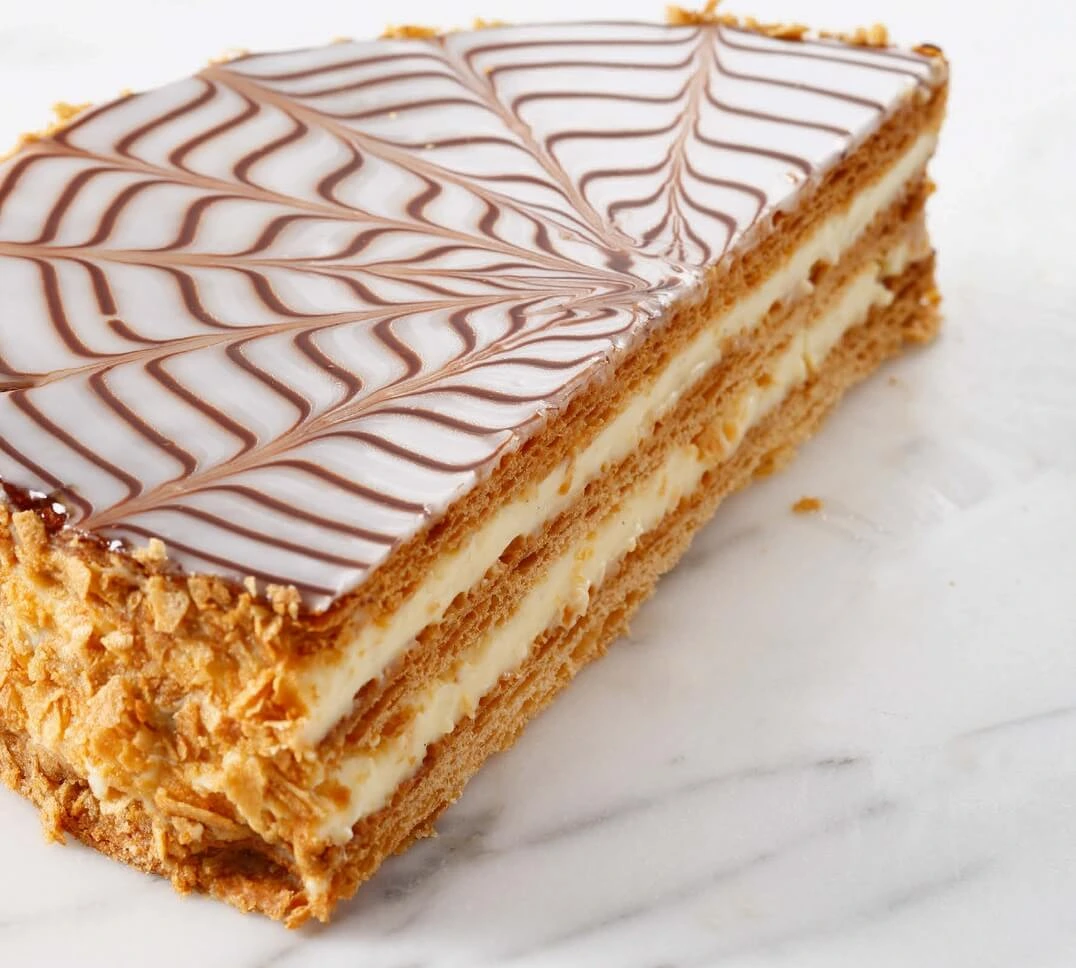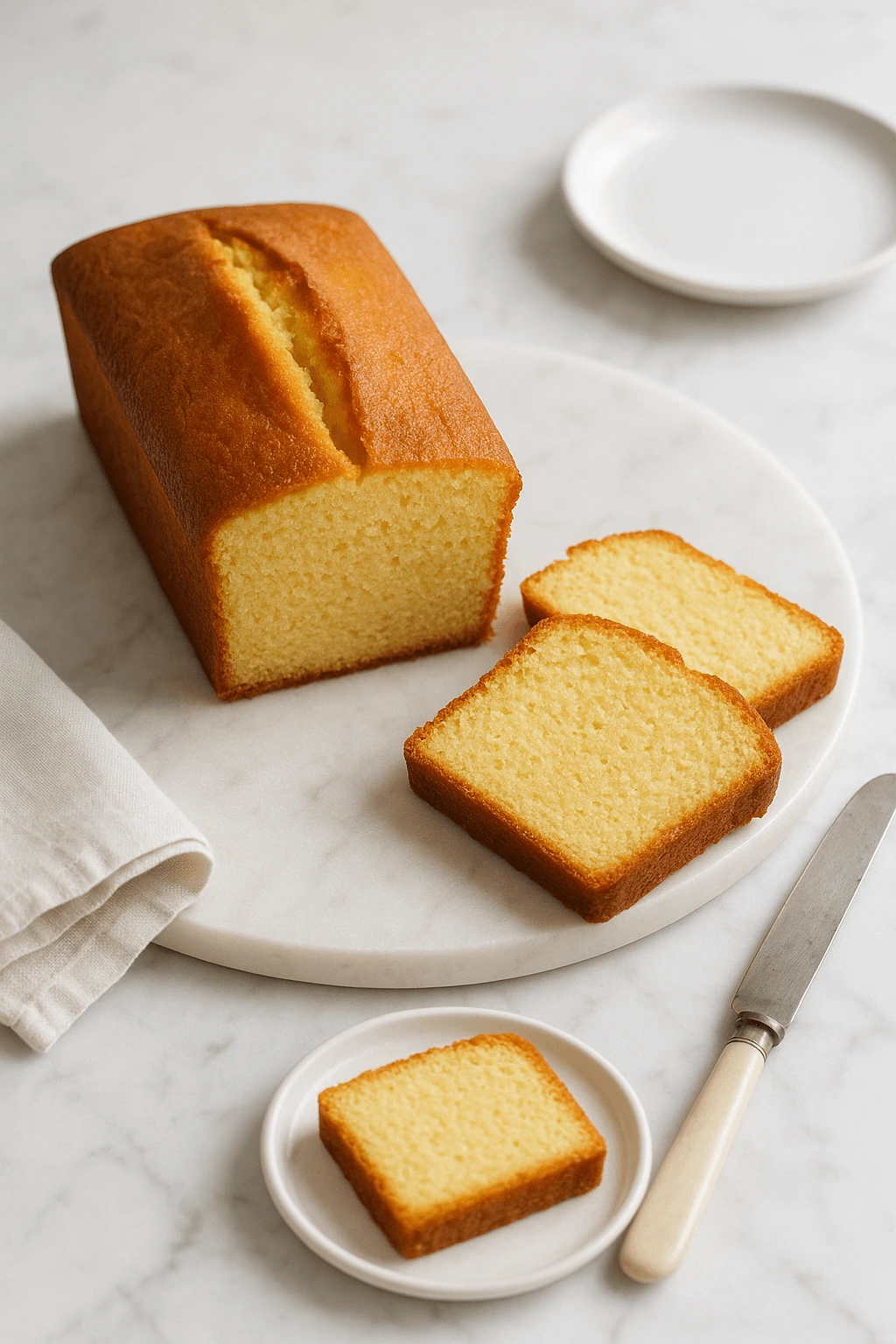2 Secret of the Pastry Chef: Mendiant Carolines with a Glossy Finish
Mendiant Carolines glossy finish Simple yet sophisticated, the Chocolat Mendiant is one of those quiet triumphs of French confectionery—an elegant disc of tempered chocolate adorned with jewel-like dried fruits and nuts. Traditionally gifted during the holidays, it carries with it centuries of symbolism and a sense of restrained indulgence. But beyond tradition the mendiant is … Read more

